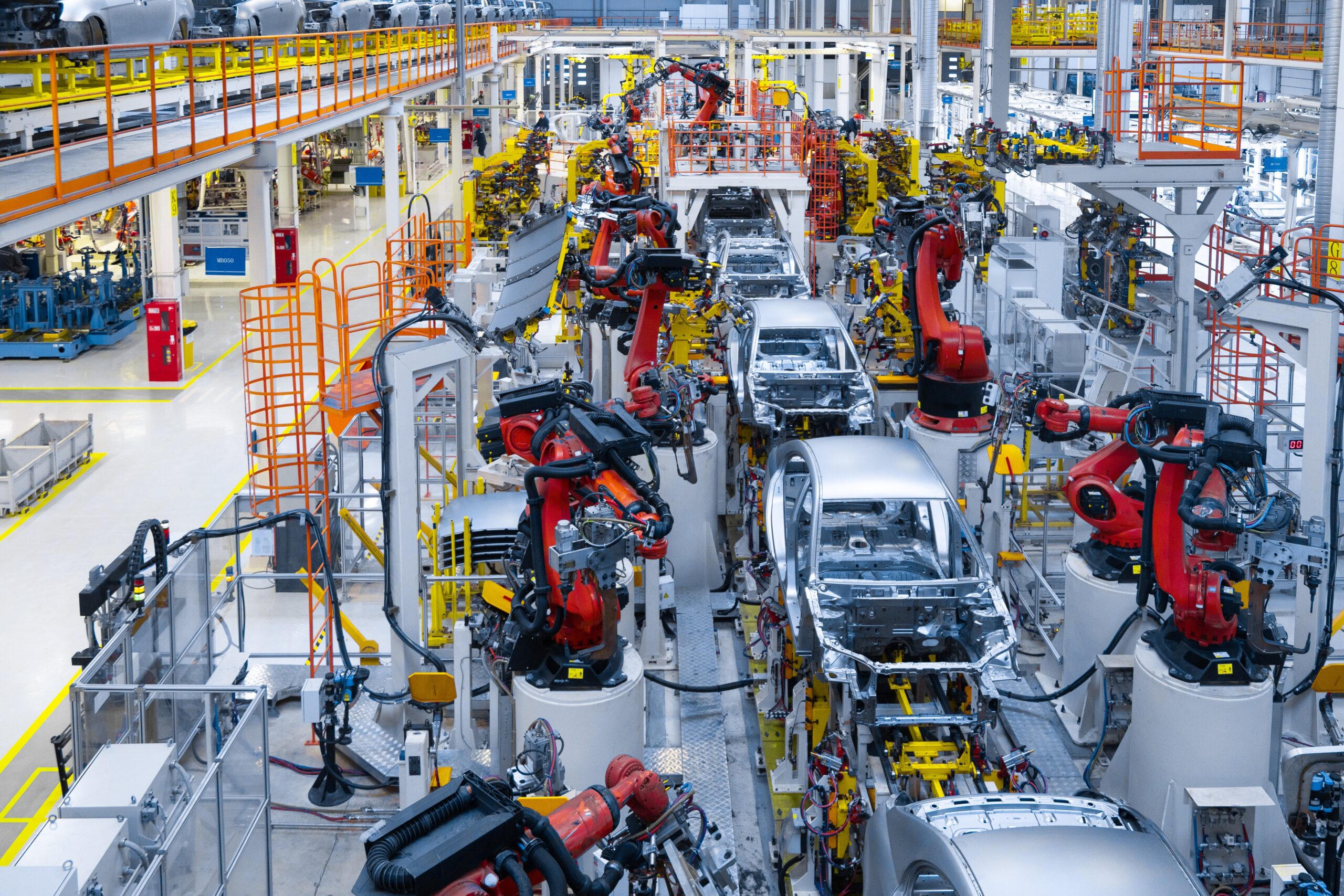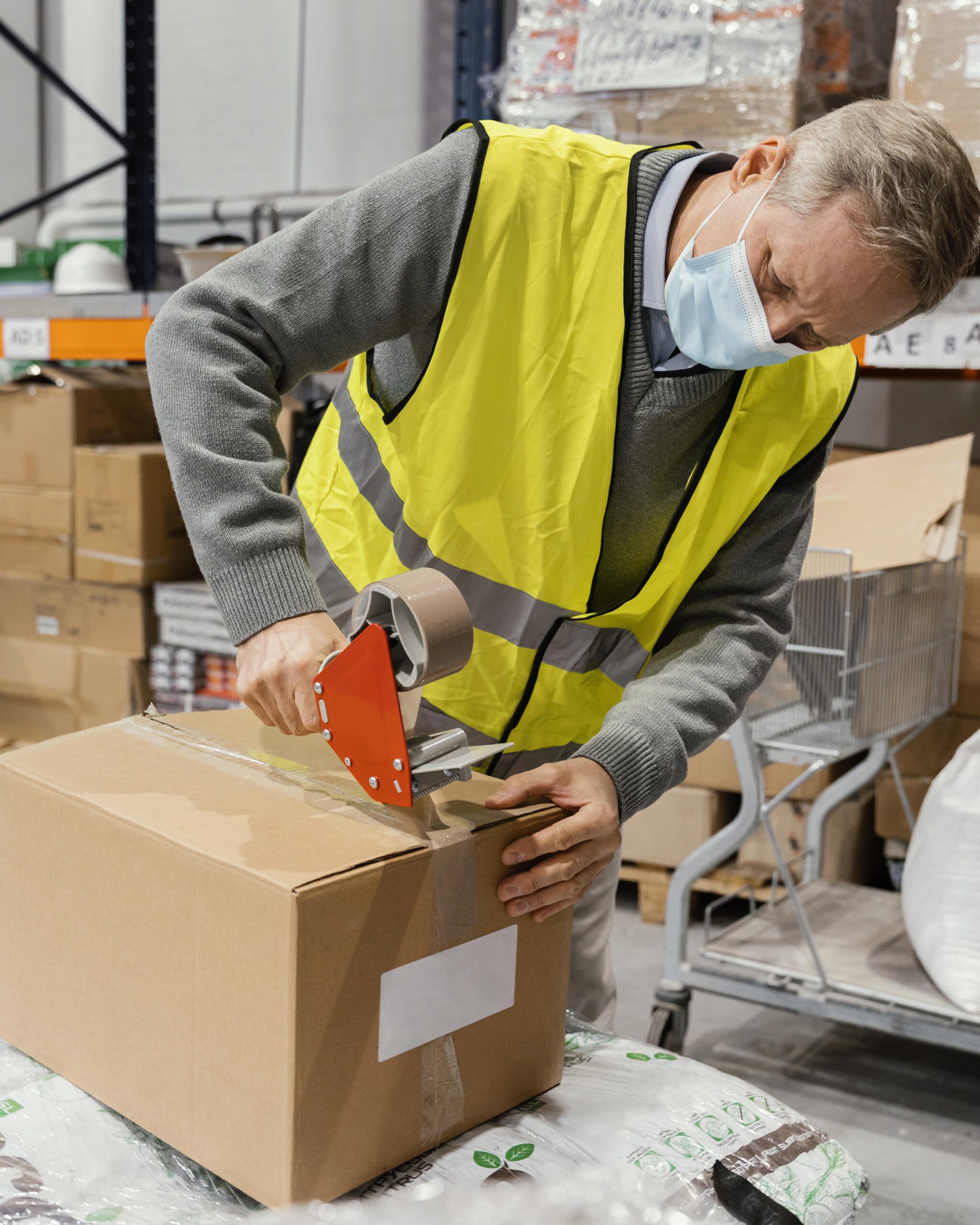How SaaS Solutions Are Transforming Chemical Safety and Waste Management The chemical industry plays a critical role in modern life, driving innovation …

The Role of ESG in Building a Sustainable Chemical Supply Chain
The chemical industry is at the heart of global progress, powering sectors such as healthcare, agriculture, energy, and manufacturing. Yet, it also faces increasing scrutiny due to its environmental footprint, safety risks, and governance challenges. Today, Environmental, Social, and Governance (ESG) principles have become a driving force in transforming how chemical companies operate and manage their supply chains.
Building a sustainable chemical supply chain is no longer a choice—it’s a necessity. Governments, investors, and customers demand greater accountability, transparency, and responsibility from manufacturers. Integrating ESG practices into supply chain management ensures not only compliance with regulations but also long-term resilience, efficiency, and reputation.
Why ESG Matters in the Chemical Supply Chain
The chemical industry is resource-intensive and often linked to environmental risks such as emissions, waste, and hazardous materials handling. Additionally, complex global supply chains expose manufacturers to challenges around worker safety, ethical sourcing, and governance.
By embedding ESG principles into operations, companies can:
- Reduce Environmental Impact: Lower emissions, improve waste management, and adopt cleaner technologies.
- Protect Workers and Communities: Ensure safe workplaces, fair labor practices, and community engagement.
- Enhance Transparency: Build trust with stakeholders through ethical governance and responsible reporting.
- Improve Market Competitiveness: Meet global sustainability standards and appeal to ESG-conscious investors and customers.
Key ESG Challenges in Chemical Supply Chains
While the benefits of ESG integration are clear, chemical manufacturers face significant challenges in execution. Some of the most pressing issues include:
1. Environmental Challenges
The chemical industry consumes vast amounts of energy and water, often resulting in greenhouse gas emissions, effluents, and waste. Meeting environmental compliance requires companies to adopt clean technologies, track emissions, and align with global climate goals such as net-zero targets.
2. Social Responsibility Issues
Worker health and safety remain a central concern. Handling hazardous substances requires strict adherence to protocols, training, and protective equipment. Beyond internal operations, companies must ensure their suppliers also follow ethical labor practices, avoid child labor, and prioritize worker well-being.
3. Governance and Transparency
Governance challenges include data management, regulatory reporting, and risk management across complex global networks. Lack of transparency in supplier practices can expose companies to reputational and legal risks. Stakeholders demand greater visibility into sourcing, production, and distribution practices.
4. Supply Chain Complexity
Most chemical manufacturers source raw materials from multiple countries. Ensuring that all suppliers comply with ESG standards is difficult, especially when dealing with regions with weaker enforcement or limited infrastructure for compliance.
The Role of ESG in Driving Sustainable Supply Chains
To overcome these challenges, manufacturers must view ESG not as a box-ticking exercise but as a strategic framework for long-term value creation. Here’s how ESG principles shape sustainable chemical supply chains:
1. Environmental Stewardship
- Green Chemistry: Adopting safer, eco-friendly raw materials and reducing reliance on hazardous chemicals.
- Energy Efficiency: Implementing renewable energy solutions and reducing carbon footprints across facilities.
- Waste Reduction: Embracing circular economy models—recycling, reusing by-products, and minimizing waste generation.
- Sustainable Logistics: Optimizing transportation routes, using energy-efficient fleets, and adopting smart packaging to reduce emissions.
2. Social Responsibility
- Worker Safety: Providing training, safety equipment, and monitoring systems to protect employees from hazardous exposure.
- Fair Labor Practices: Ensuring ethical working conditions across the supply chain, including suppliers and contractors.
- Community Engagement: Supporting local communities through education, healthcare, and environmental initiatives.
- Diversity and Inclusion: Building diverse workforces and leadership teams to foster innovation and fairness.
3. Strong Governance
- Regulatory Compliance: Aligning with international standards such as REACH, GHS, and OSHA.
- Transparency: Implementing systems for traceability, supplier audits, and clear ESG reporting.
- Risk Management: Identifying, assessing, and mitigating risks across supply chains through digital monitoring tools.
- Accountability: Establishing ESG-focused leadership and governance boards to ensure continuous progress.
Benefits of ESG Integration in the Chemical Supply Chain
When chemical companies integrate ESG effectively, the results go beyond compliance—they build resilient, future-ready supply chains. Some key benefits include:
- Improved Reputation: Demonstrates responsibility, enhancing trust among regulators, customers, and investors.
- Operational Efficiency: Reducing waste, energy use, and resource consumption lowers costs in the long run.
- Market Access: Many global buyers now require ESG compliance as a prerequisite for partnerships.
- Investor Confidence: ESG performance is increasingly linked to funding opportunities and financial stability.
- Innovation: A focus on sustainability encourages the development of new, eco-friendly products and processes.
Practical Steps for Manufacturers
To make ESG integration actionable, chemical manufacturers can adopt the following strategies:
1. Develop an ESG Roadmap
Establish clear goals for environmental performance, social responsibility, and governance. This roadmap should align with both regulatory requirements and stakeholder expectations.
2. Implement Digital Tools
Use technology platforms for supply chain traceability, emissions monitoring, and compliance reporting. Data-driven insights make it easier to identify gaps and ensure continuous improvement.
3. Collaborate Across the Supply Chain
Engage with suppliers and distributors to establish shared ESG goals. Regular audits, certifications, and training programs can raise standards across the entire chain.
4. Invest in Innovation
Prioritize R&D in green chemistry, renewable energy, and sustainable packaging to reduce long-term risks and enhance competitiveness.
5. Report Transparently
Publish ESG reports that detail sustainability metrics, compliance performance, and progress toward goals. Transparency builds credibility with stakeholders.
The Future of ESG in the Chemical Industry
Looking ahead, ESG will continue to play a pivotal role in shaping the future of the chemical industry. Key trends include:
- Global Harmonization: Growing alignment of international standards will simplify compliance across markets.
- Digital Transformation: AI, blockchain, and IoT will revolutionize traceability and compliance monitoring.
- Investor Pressure: ESG scores will increasingly influence access to capital and business partnerships.
- Customer Demand: Consumers will favor companies with strong sustainability credentials, creating competitive advantages for ESG leaders.
The companies that proactively embed ESG into their supply chain strategy will be best positioned to thrive in a fast-changing, sustainability-driven world.
Conclusion
The role of ESG in building a sustainable chemical supply chain is clear—it ensures compliance, enhances resilience, protects people and the planet, and strengthens long-term business performance. While challenges exist—ranging from regulatory diversity to supply chain complexity—the benefits of adopting ESG practices far outweigh the costs.
For chemical manufacturers, ESG is not just about meeting today’s expectations—it’s about preparing for tomorrow’s opportunities. A sustainable supply chain built on ESG principles will not only safeguard compliance but also secure a competitive edge in the global marketplace.
Emerging Trends in Chemical Regulatory Reporting for 2025 and Beyond. The chemical industry is entering a transformative phase where regulatory reporting is …
The Role of ESG in Building a Sustainable Chemical Supply Chain The chemical industry is at the heart of global progress, powering …
Global Chemical Safety Compliance Challenges Faced by Manufacturers The chemical industry is one of the world’s most dynamic and impactful sectors, fueling …
Workforce Training for the Future of Mobility The automotive sector is in the midst of a speeding change with the advent of …
EV Manufacturing and Carbon Reduction Roadmaps The transition to electric vehicles (EVs) is revolutionizing the automotive sector. As EVs hold the promise …
IATF 16949 Compliance Made Simple in Automotive Manufacturing Obtaining compliance with IATF 16949, the worldwide quality management standard for the automotive market, …
Reducing Automotive Recalls with Data Manager Automotive recalls are expensive, harmful to brand image, and disruptive to production timelines. No matter the …
Programs That Build Greener Operations in Packaging Greener packaging is no longer a choice—it’s a business necessity. To get to greener operations, …
Sustainable Packaging Production Without Complexity The packaging market is coming under mounting pressure to provide sustainable solutions. Consumers, regulators, and brands are …
Costs of Scrap and Idle Time in Plants In the packaging business, speed and accuracy are paramount. But two quiet profit-killers—scrap and …
Time Data to Eliminate Packaging Line Defects In packaging, efficiency and quality are paramount. One blemish on the pack line—misprints, sealing flaws, …
Building a Skilled Workforce for Greener Mills The textile industry’s future is sustainable production, and skilled labor is the core of that …











